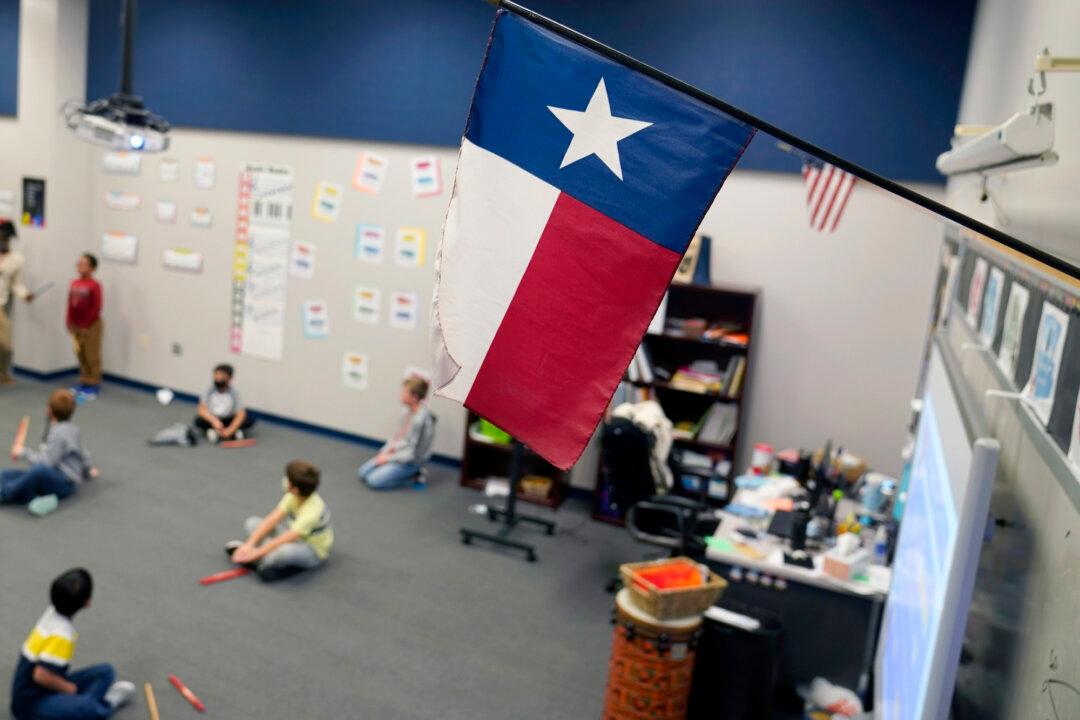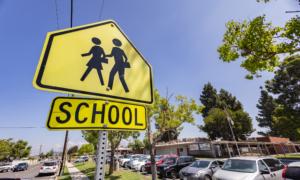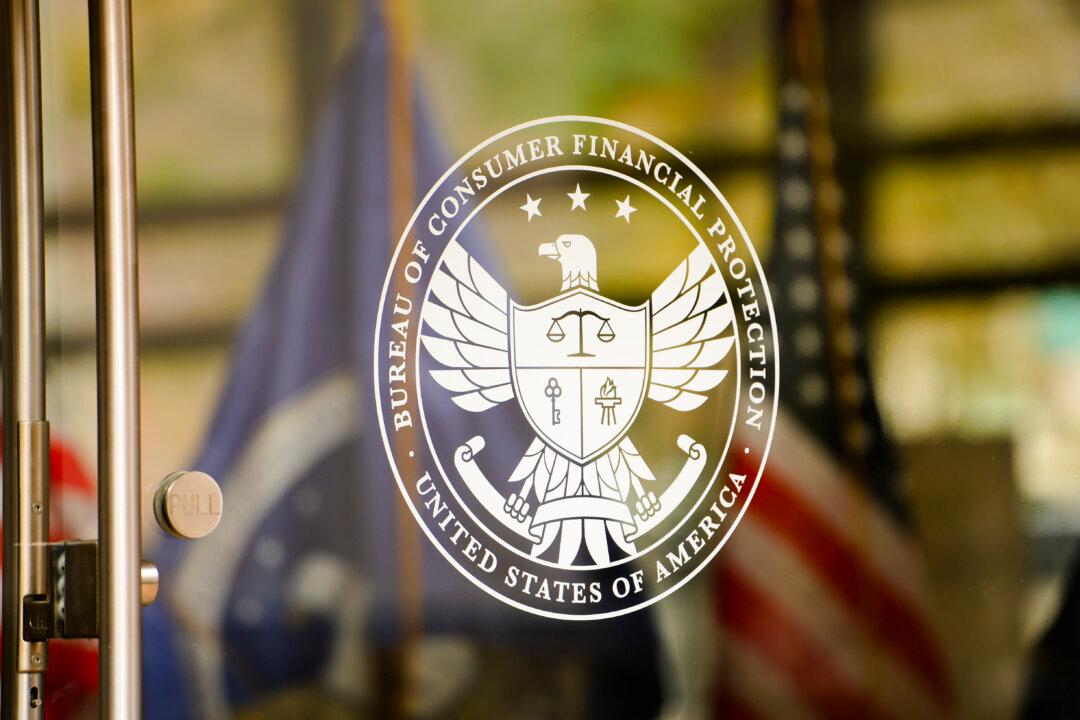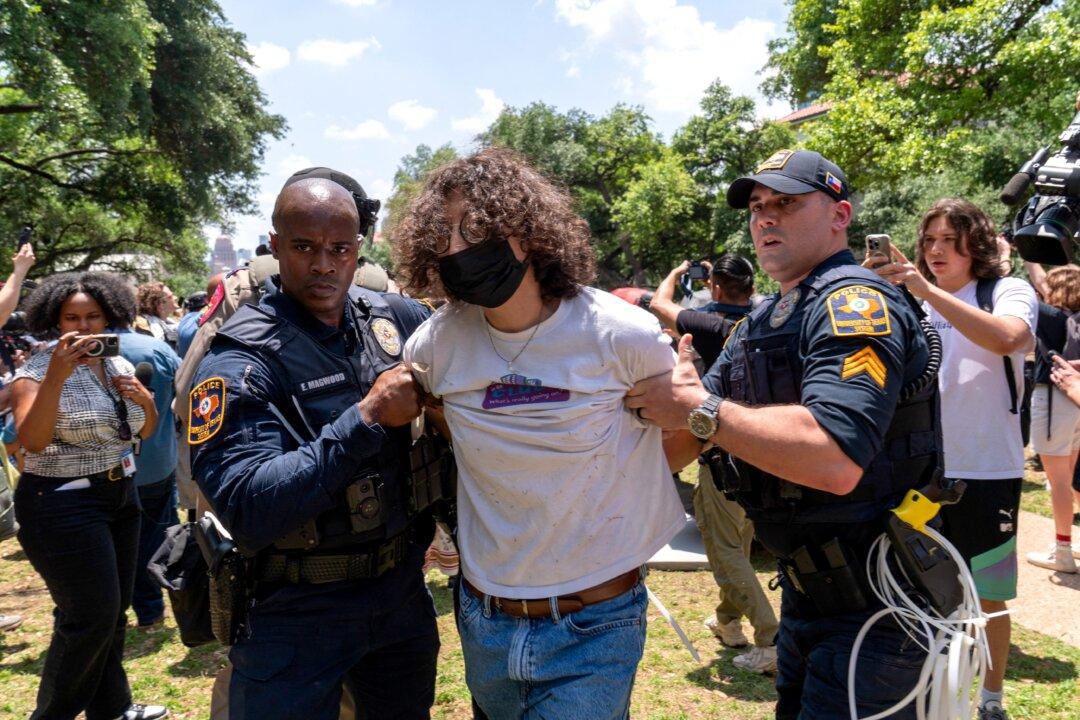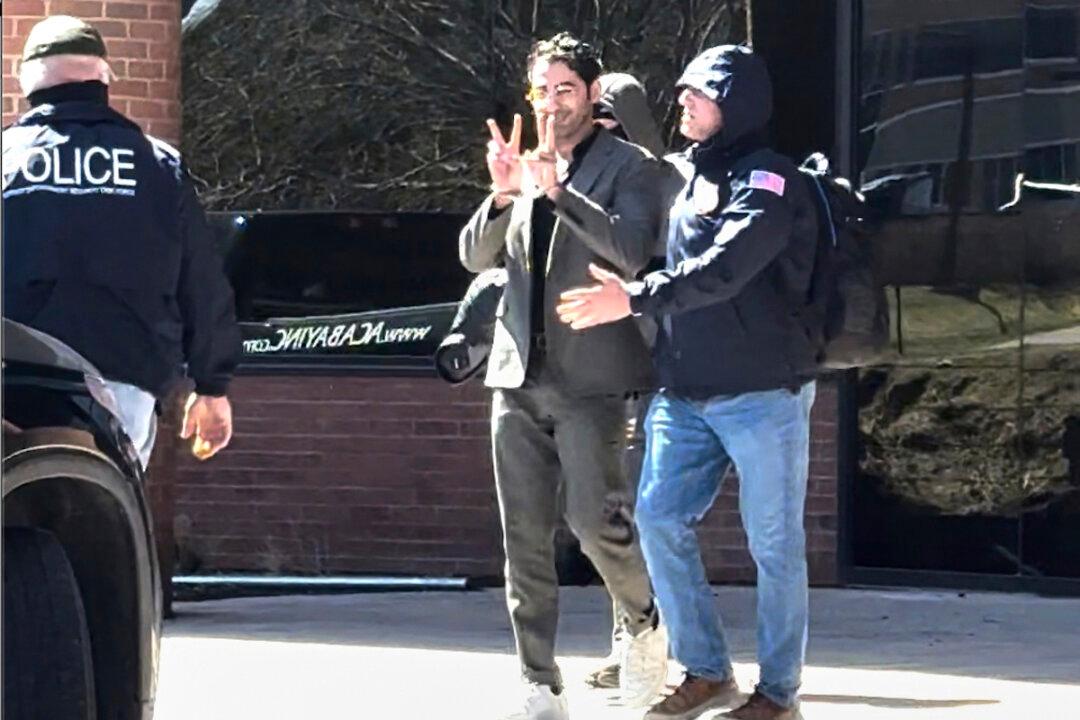Texas will invest $1 billion to expand access to nonpublic education options, marking the largest day-one school choice program in the nation’s history.
Gov. Greg Abbott signed Senate Bill 2 into law on Saturday afternoon, cementing one of his top policy priorities. The legislation will take effect on Sept. 1 and establish a statewide education savings account (ESA) program starting in the 2026–2027 school year.
“Today is the culmination of a movement that has swept across our state and across our country,” Abbott told hundreds of supporters gathered for a bill signing ceremony outside the governor’s mansion in Austin.
Under the program, eligible families can use ESA funds to cover a wide range of education-related expenses, including private school tuition, tutoring, special education services, transportation, and extracurricular activities.
Initially capped at $1 billion, the program will support up to 90,000 students in its first year. By 2030, annual funding could grow to nearly $4.5 billion.
All 6 million K-12 students in the Lone Star State can apply. The program would provide approximately $10,000 per year for students attending private schools, up to $30,000 for students with disabilities, and as much as $2,000 for home-schoolers. The law requires private school students to take a nationally recognized standardized test, and requires annual audits of schools that accept the funds.
No more than 20 percent of the program spending can go to families earning 500 percent or more of the federal poverty level, which amounts to a household income of about $160,000 for a family of four, according to the law. If applications exceed available funding, the program will prioritize children with disabilities and students from low- and middle-income families who were previously enrolled in public schools.
The law represents a significant shift in the state’s approach to K-12 funding, which has historically assigned education dollars to school districts rather than directly to students.
It also marks a major win for Abbott and advocates of educational freedom—the idea that parents should be able to choose the educational path they believe best suits their children. Their efforts to advance that vision through legislation had been stalled for years, largely due to resistance in the Texas House, where Democrats and rural Republicans feared that school choice programs would siphon money away from local public schools.
In 2017, a similar school choice bill cleared the Senate but failed in the House. Additional proposals were defeated again in 2021 and 2023, prompting Abbott to make school choice a central issue in the 2024 Republican primary and aggressively campaign against Republicans who blocked the bills.
With the addition of Texas, there are now 76 private school choice programs across 35 states, plus the District of Columbia and Puerto Rico.
“Texas has long been one of the largest holdouts on educational freedom, offering no school choice programs—until now,” said Robert Enlow, president and CEO of EdChoice. “This is a monumental step forward for parental empowerment and student opportunity—not just for Texas, but for the nation.”
The school choice movement has also received strong backing from President Donald Trump in both of his terms.
